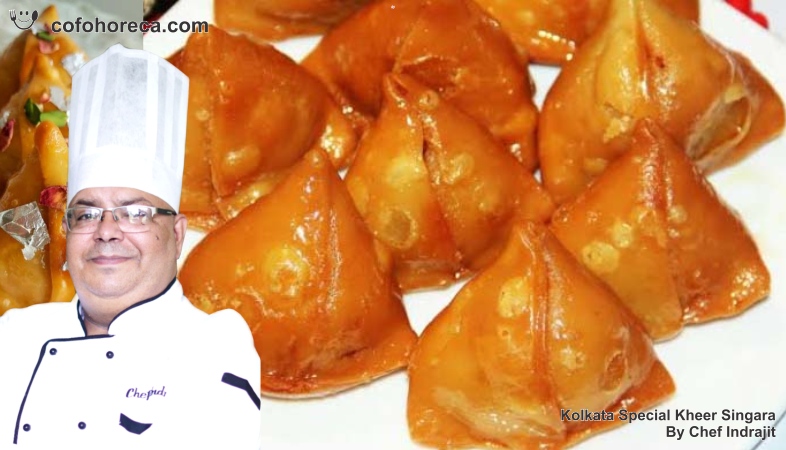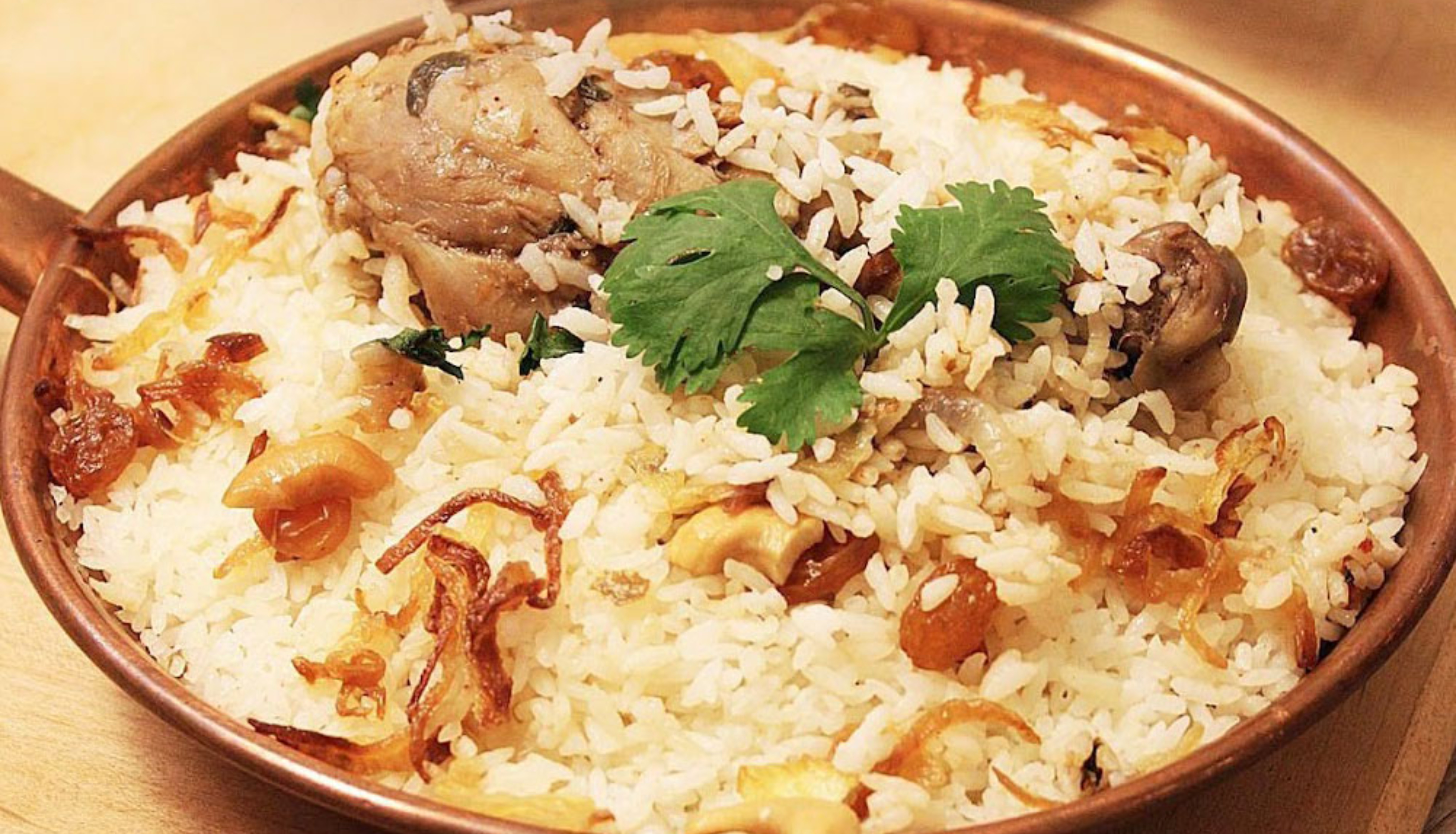Discovering the Hidden Gems of Indian Cuisine: The Fascinating Tale of Nihari
What sets Nihari apart is its ability to evoke a sense of nostalgia and warmth.

India's culinary landscape is a vibrant tapestry woven with
diverse flavors, rich traditions, and age-old recipes that have been passed
down through generations. Among the myriad dishes that showcase the country's
gastronomic heritage, there are a few hidden gems that remain relatively
unknown outside their regions of origin. One such culinary marvel is Nihari, a
slow-cooked meat stew that holds a special place in the hearts of those who
have savored its rich and aromatic flavors.
Nihari is a dish that traces its origins back to the Mughal era, a period when the art of cooking was elevated to new heights. The word "Nihari" is derived from the Arabic word "Nahar," which means "morning." Traditionally, this hearty dish was consumed by the Mughal royals and the working class alike as a nourishing breakfast after their morning prayers. Its preparation involves simmering meat, usually beef or lamb, along with a blend of spices, for several hours until it reaches a state of tender perfection.
The essence of Nihari lies in its meticulous cooking process, which transforms simple ingredients into a dish that is both luxurious and comforting. The meat is marinated with a mixture of spices such as fennel, cumin, cloves, and cardamom, infusing it with deep, complex flavors. It is then slow-cooked in a rich broth that includes ingredients like ginger, garlic, and onions, allowing the flavors to meld together beautifully. This prolonged cooking process not only tenderizes the meat but also creates a thick, flavorful gravy that is the hallmark of Nihari.
What sets Nihari apart is its ability to evoke a sense of nostalgia and warmth. For many, it is more than just a dish; it is a reminder of family gatherings, festive occasions, and the comforting embrace of home-cooked meals. The aroma of Nihari simmering on the stove is enough to awaken memories of cherished moments and shared meals, making it a beloved part of India's culinary heritage.
Nihari's significance extends beyond its delicious taste. It is a testament to the culinary ingenuity and cultural exchanges that have shaped Indian cuisine. The dish reflects the influences of Persian and Middle Eastern cooking techniques, which were introduced to India by the Mughals. Over time, Nihari has evolved, with each region adding its own unique touch to the recipe. In Lucknow, for instance, the dish is known for its delicate and refined flavors, while in Delhi, it boasts a more robust and hearty profile.
Despite its rich history and cultural significance, Nihari remains relatively unknown to many outside its traditional strongholds. However, those who have had the privilege of tasting this hidden gem often find themselves captivated by its depth of flavor and the care that goes into its preparation. It is a dish that invites slow, appreciative eating, allowing one to savor each bite and relish the intricate interplay of spices.
Nihari is typically served with naan or kulcha, which are perfect for scooping up the thick, flavorful gravy. A sprinkle of fresh ginger, green chilies, and a squeeze of lime add a burst of freshness, enhancing the overall dining experience. The dish is often accompanied by a side of yogurt or pickles, which provide a tangy contrast to the rich and savory flavors of the stew.
In recent years, there has been a renewed interest in rediscovering and celebrating traditional Indian dishes like Nihari. Chefs and food enthusiasts are increasingly recognizing the value of preserving these culinary treasures and introducing them to a wider audience. As a result, Nihari is gradually finding its way onto the menus of contemporary restaurants and food festivals, where it continues to enchant and delight diners with its timeless appeal.
Nihari is a hidden gem of Indian cuisine that embodies the rich history, cultural heritage, and culinary expertise of the region. Its slow-cooked, spice-infused meat and aromatic gravy offer a sensory journey that transports one to a bygone era of royal feasts and communal meals. As more people discover and appreciate the wonders of Nihari, this exquisite dish is sure to gain the recognition it deserves, shining a spotlight on the diverse and flavorful tapestry of Indian cuisine.
.png)




























